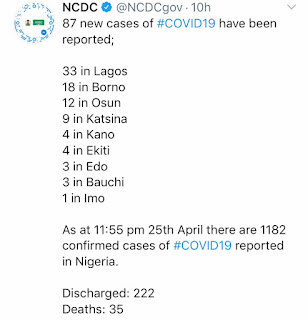Fact: Africa has the higest Internet gender gap
The International Telecommunication Union (ITU), UN specialized agency for ICTs, has revealed in an Internet trend survey that Africa has the largest number of online gender gap in the world.
According to the ITU report, based on world Internet trend watch, Africa's gender gap is put at 23% while America has the least with just 2%.
The report also states that the global online gender gap widens as Internet penetration rates higher for men than women in all regions of the world with global Internet user gender gap growing from 11% in 2013 to 12% in 2016.
 |
| photo credit: Jaipurwomen |
Also Internet penetration rates tell a different story, with 81% in developed countries, compared with 40% in developing countries and 15% in the Least Developed Countries (LDCs).
ICT prices continue to fall as mobile broadband services have now become more affordable than fixed broadband services, with the average price for a basic fixed-broadband plan more than twice as high as the average price of a comparable mobile-broadband plan.
Despite the falling prices for ICT services, 3.9 billion people, which amounts to more than half of the world’s population, remain cut-off from the vast resources available on the Internet.
General Houlin Zhao, ITU Secretary, says that access to information and communication technologies (ICTs), particularly broadband, has the potential to serve as a major accelerator of the 2030 agenda for sustainable development
''Global interconnectedness is rapidly expanding, however more needs to be done to bridge the digital divide and bring the more than half of the global population not using the internet into the digital economy'', Zhao said.
The ITU report further reveals that mobile phone coverage is now near-ubiquitous, with an estimated 95% of the global population or some seven billion people living in an area covered by a basic 2G mobile-cellular network.
The report also reveals that 'by the end of 2016, more than half of the world’s population, 3.9 billion people will not yet be using the Internet and while almost one billion households in the world now have Internet access, figures for household access reveal the extent of the digital divide, with 84% of households connected in Europe, compared with 15.4% in the African region.
''By early 2016, international Internet bandwidth had reached 185,000 gigabits per second, up from a low of 30,000 gigabits in 2008. However, the bandwidth is unequally distributed globally, and lack of bandwidth remains a major bottleneck to improved internet connectivity in many developing and least developed countries'', according to ITU.



Comments
Post a Comment